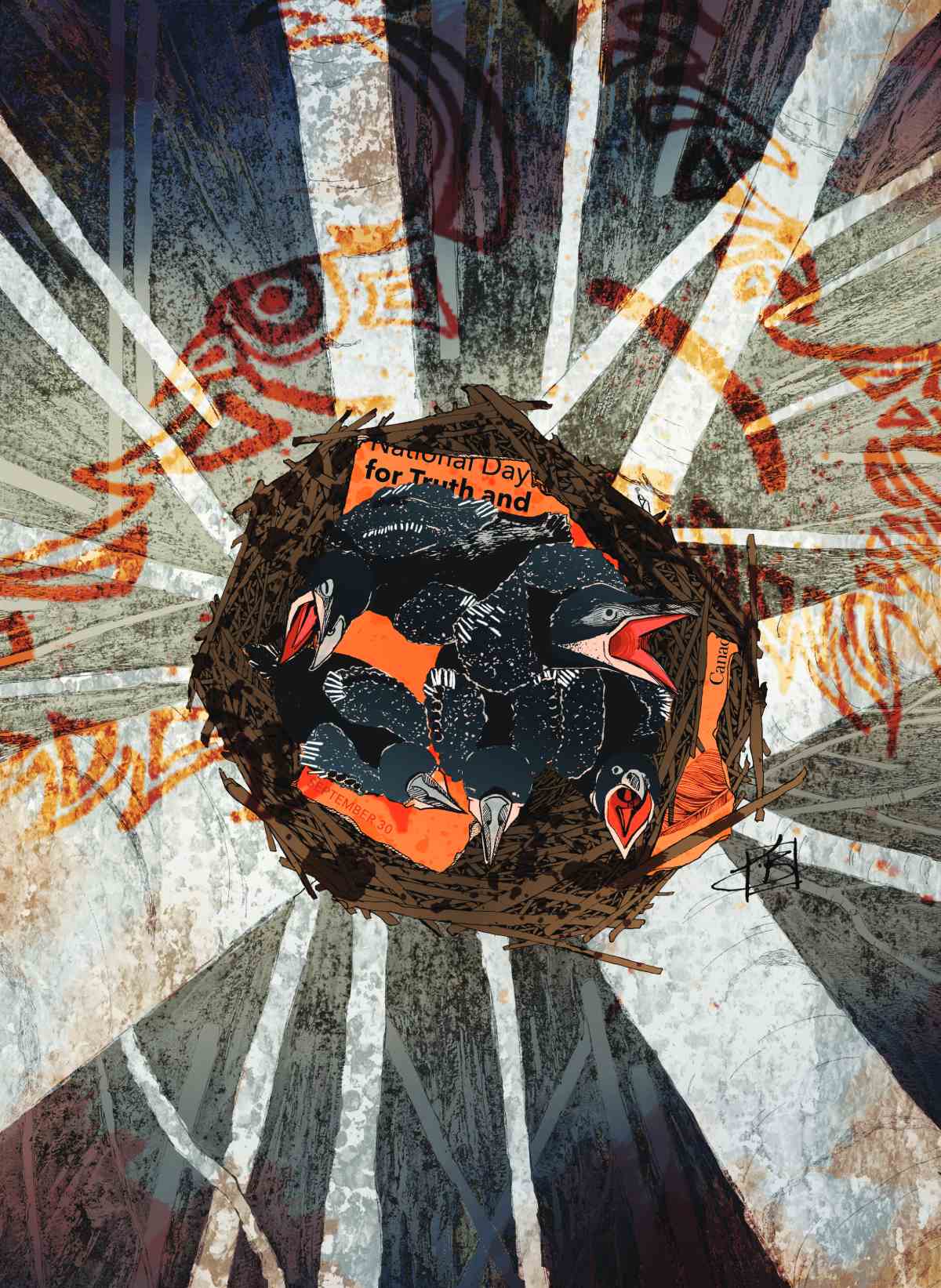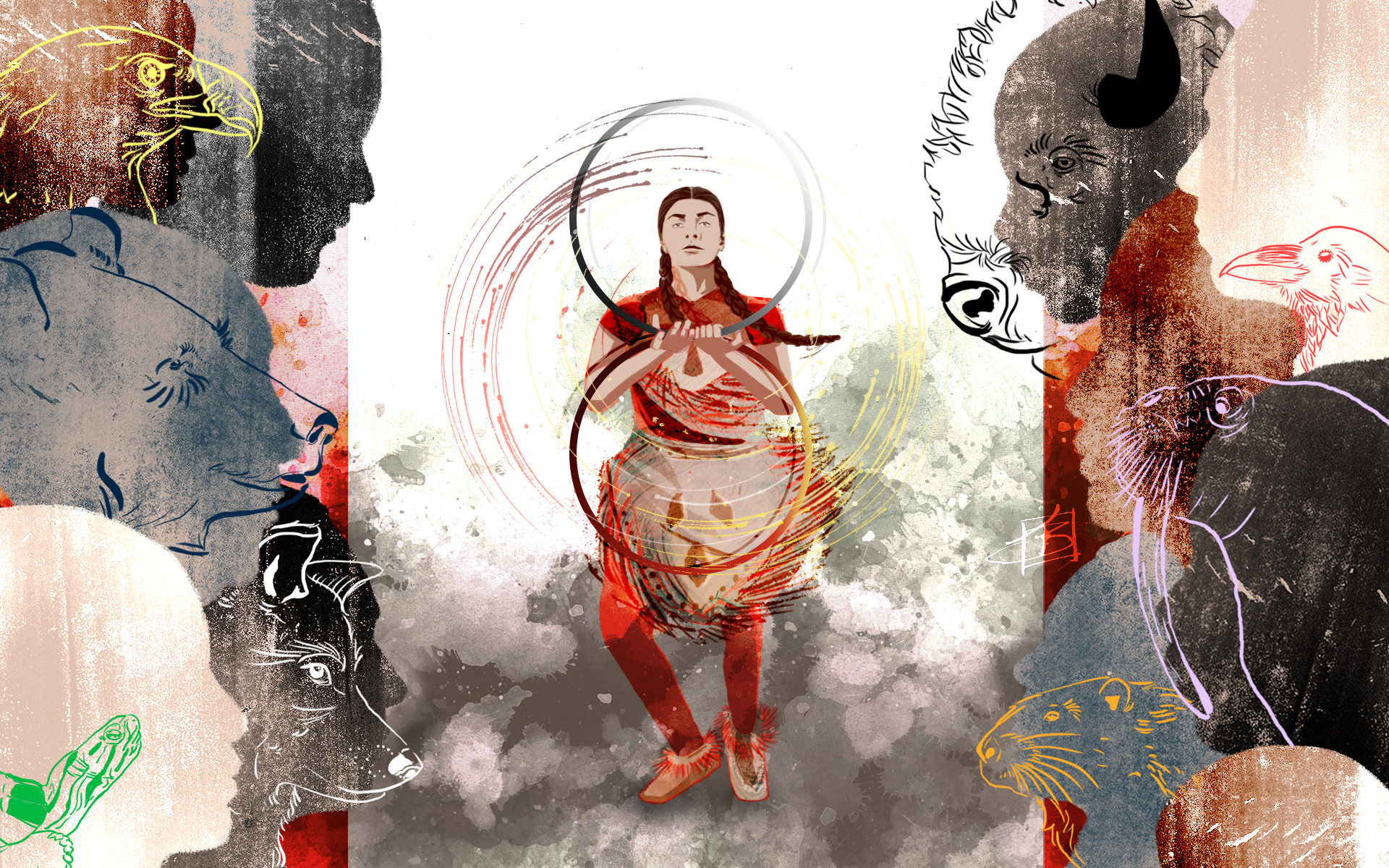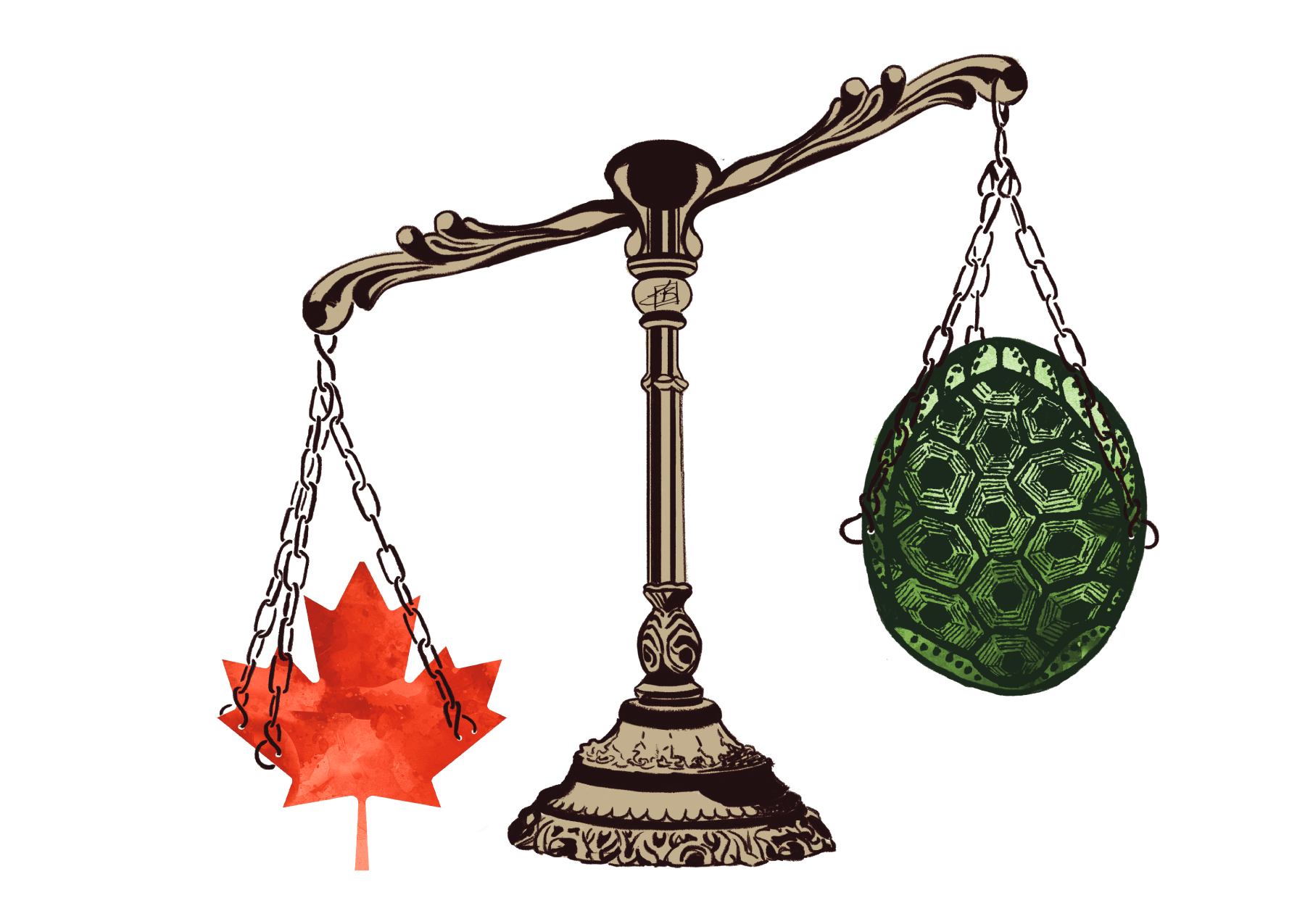fromThe Walrus
1 week agoParamilitary "Fitness Clubs." Anti-Trans Crusades. Far-Right Extremism Is Here | The Walrus
B lack-clad white men stand at attention. They chant and hold crude banners with "D.E.I. IS HOW NATIONS DIE" and "MASS DEPORTATIONS NOW" scrawled across them. A man screams through a megaphone about "foreign blood" and "retak[ing] our nation" while his followers intone the words "honour," "heritage," and "triumph." This scene-from a video posted to white nationalist Telegram channels-is footage of a rally held in Toronto on May 3 of this year.
Canada news


